Celebrate National Book Month with Children’s Literature
Children (and the child inside each of us) can celebrate National Book Month with literary works recommended by Claudia Nelson, English professor emeritus.

By Claudia Nelson, English professor emeritus
At a time when many schools have not yet reopened for face-to-face instruction, independent reading is more important than ever. Children’s books from days gone by are often overlooked because they are no longer advertised or reviewed, but in bringing to life a world that existed before the one we occupy now, they can offer a valuable complement to today’s top sellers for the young.
Focusing on a mixture of genres, this list offers a snapshot of fifty (well, 48) years of high-quality mid-twentieth-century American books for primary- and middle-school readers. Some of these titles are well-known, while others are more obscure; one is most readily available in an electronic archive. All still repay reading, both for their own merits and for the insight they give us about our literary past.
Caddie Woodlawn (1935) by Carol Ryrie Brink
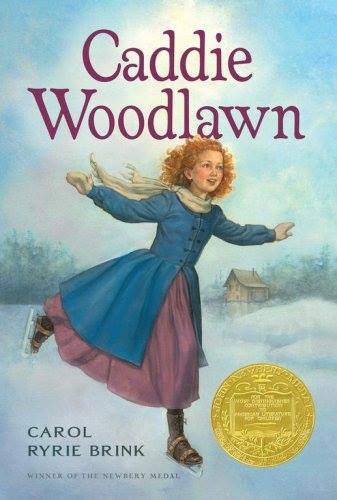
Based partly on the childhood experiences of the author’s grandmother on the Wisconsin frontier in the 1860s, this Newbery Award-winner recounts the adventures of a tomboy coming to terms with her place in the family and her family’s place in the nation.
Seven-Day Magic (1962) by Edward Eager
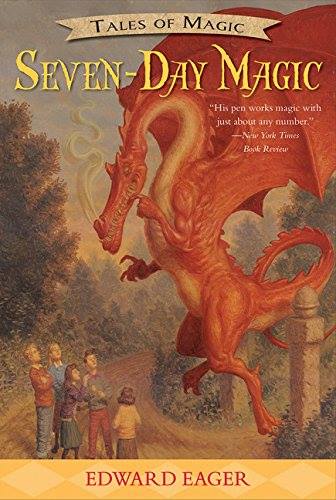
While Eager’s other children’s fantasy novels feature recurring characters and thus are best read together, Seven-Day Magic stands on its own. A tribute to children’s authors from L. Frank Baum to E. Nesbit to Laura Ingalls Wilder, Seven-Day Magic features a mysterious library book with the power to make fiction come alive for the lucky possessor. The amusing dialogue adds to the delight of Eager’s work.
Gone-Away Lake (1957) by Elizabeth Enright
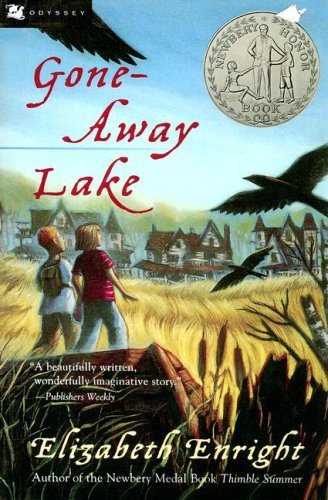
The titular lake has long since dried up into a marsh complete with quicksand, wildflowers, and a group of summer homes fashionable at the turn of the twentieth century and now inhabited only by an elderly brother and sister whose accounts of the past are captivating to the ten-year-old cousins Portia and Julian, who rediscover the forgotten community. Like her Melendy family series, Enright’s two Gone-Away Lake books offer gentle escapist pleasure.
The Witch Family (1960) by Eleanor Estes

This delightful fantasy for primary-school readers is also a meditation on children’s creativity. Six-year-old Amy tells and illustrates stories about the fearsome Old Witch and the magic bumblebee Malachi; the stories take on a reality of their own, even while Amy (mostly) remains in charge. Estes won the Newbery Medal for Ginger Pye (1951), and her Pye and Moffat family series are well worth visiting as well for their visions of mid-century small-town life.
Johnny Tremain (1943) by Esther Forbes
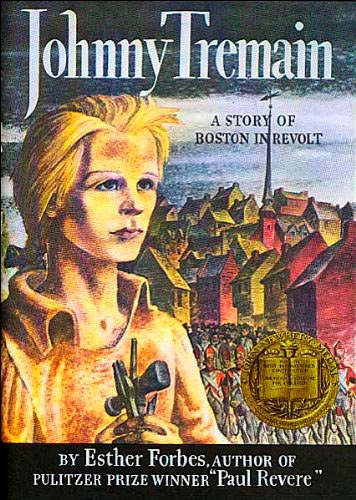
In 1942, Forbes published an adult biography of Paul Revere, which won the Pulitzer Prize. Drawing on the same historical research, she followed Paul Revere and the World He Lived In with the Newbery-winning Johnny Tremain, set in Boston immediately before the American Revolution. The novel blends historical and fictional characters in an adventure that contemplates questions of identity and the possibility of reinventing oneself after dreams are dashed.
The Phantom Tollbooth (1961) by Norton Juster
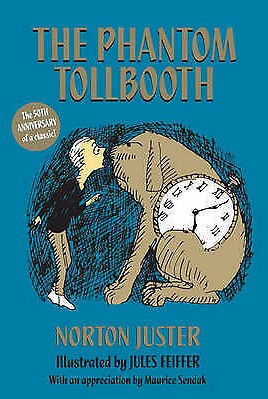
Perhaps the quintessential fantasy for children who love wordplay, The Phantom Tollbooth is full of puns, aphorisms, and other verbal (including mathematical) pyrotechnics. Milo’s quest to return the princesses Rhyme and Reason to the Kingdom of Wisdom is also an exploration of the well furnished—and poorly furnished—mind.
Carry On, Mr. Bowditch (1955) by Jean Lee Latham
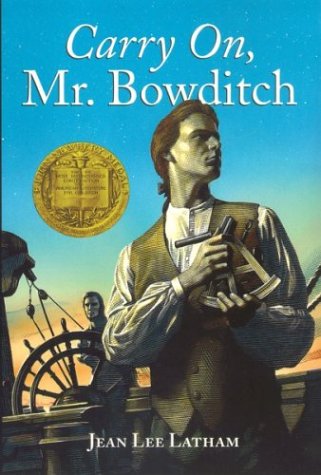
Winner of the Newbery Medal, this fictionalized biography tells the story of early-nineteenth-century mathematical prodigy Nathaniel Bowditch, who revolutionized navigation despite having been denied formal education. In Latham’s hands, Nat’s passion for knowledge is made as exciting as his travels around the world and his frequent brushes with tragedy and danger.
A Wrinkle in Time (1962) by Madeleine L’Engle

This classic Newbery-winning anticollectivist fantasy tells of a quest to rescue two children’s scientist father from captivity on a distant planet where complete conformity to the ruling intelligence, IT, is ruthlessly enforced. The novel begins the series known as the Time Quintet but stands on its own.
Shuttered Windows (1938) by Florence Crannell Means

Written at the request and with the guidance of students at the Mather School for black girls in South Carolina at a time when few authors of color were writing for children, Shuttered Windows reflects its white author’s long-standing commitment to the respectful depiction of minority American cultures. Protagonist Harriet moves from Minneapolis to an island off the South Carolina coast in order to be with her only living relative, her great-grandmother, and learns to appreciate the strength and beauty of the island people and the history of her family.
Downright Dencey (1927) by Caroline Dale Snedeker
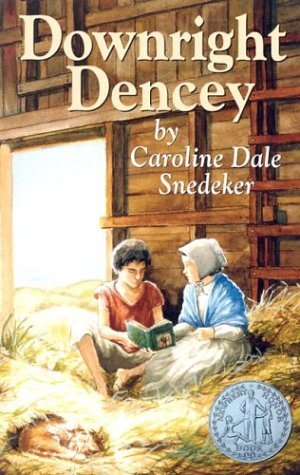
Dionis Coffin, known as Dencey, is a tomboy and rebel in early nineteenth-century Nantucket, where she offends against the standards of girlhood propriety by secretly meeting the outcast foundling Jetsam in order to teach him to read. Their evolving relationship is set against an intriguing backdrop of Quaker mores and the variegated culture of Nantucket, at that time the whaling capital of the world.
Jade (1969) by Sally Watson

Jade is part of a series of interlocking (but stand-alone) novels focusing on different generations of a single family over several hundred years. Dominant traits in the girls of the family across the centuries include intelligence, courage, rebelliousness, and impatience with convention. Born into the Virginia aristocracy in the early eighteenth century, Jade (née Melanie) has never fit into her society, in part because she cannot accept the practice of enslaving others. When the ship on which she is a passenger is captured by pirates led by the notorious Anne Bonney, Jade begins to find her life more congenial, but her changed circumstances bring new and complex problems of their own.
Dragonwings (1975) by Laurence Yep
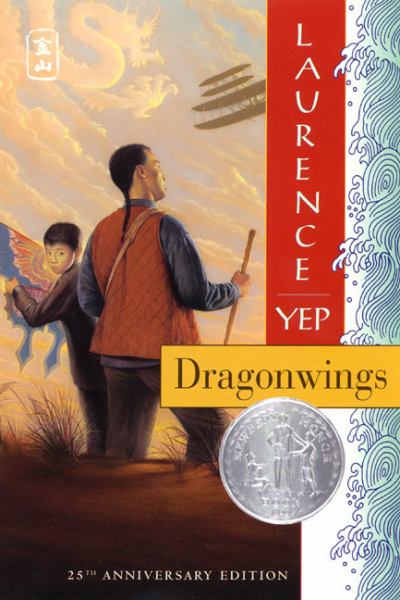
The first published installment of what is now a ten-volume sequence of historical novels about a Chinese family, Dragonwings describes a boy’s move from his homeland to San Francisco at the start of the twentieth century to join his father, a laundry worker and aspiring aviator. Yep’s deft treatment of linguistic and cultural differences contributed to this work’s being named a Newbery Honor Book.
